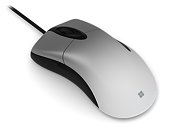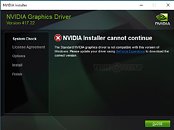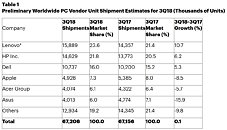URCDKeys Now Selling Windows 10 Pro OEM and Office 2016 Lifetime Keys at Up To 92% Off
URCDKeys is a sensational new deep-discount online software license store. The store is selling two of its most popular products among TechPowerUp readers, at an unbeatable discount of up to 92% off the regular online price. Windows 10 Pro is a recommended flavor of Windows 10 for PC enthusiasts as it gives you greater control thanks to Group Policy Editor, and other administrative tools. URCDKey is selling the OEM license key to Windows 10 Pro for USD $14.86, which further goes down to $11.81 when you apply a TechPowerUp-exclusive coupon at checkout.
Your Windows 10 PC is incomplete without Microsoft Office, and URCDKey is stocked with Office 2016 Professional lifetime global license keys for just $38.02, with a further 20% off for TechPowerUp readers, making the effective price you pay just $30.42. That's a fraction of the price you'd pay for an annual subscription of Office 365. This deal is particularly useful for students, so they don't have to shell out $100 every two semesters.
Buy Windows 10 Pro OEM from URCDKeys | Buy Office 2016 Professional Plus from URCDKeys
Exclusive Discount for TechPowerUp readers: Don't forget to use coupon-code TP20 at checkout for an additional 20% off on the already discounted prices!
Your Windows 10 PC is incomplete without Microsoft Office, and URCDKey is stocked with Office 2016 Professional lifetime global license keys for just $38.02, with a further 20% off for TechPowerUp readers, making the effective price you pay just $30.42. That's a fraction of the price you'd pay for an annual subscription of Office 365. This deal is particularly useful for students, so they don't have to shell out $100 every two semesters.
Buy Windows 10 Pro OEM from URCDKeys | Buy Office 2016 Professional Plus from URCDKeys
Exclusive Discount for TechPowerUp readers: Don't forget to use coupon-code TP20 at checkout for an additional 20% off on the already discounted prices!












































